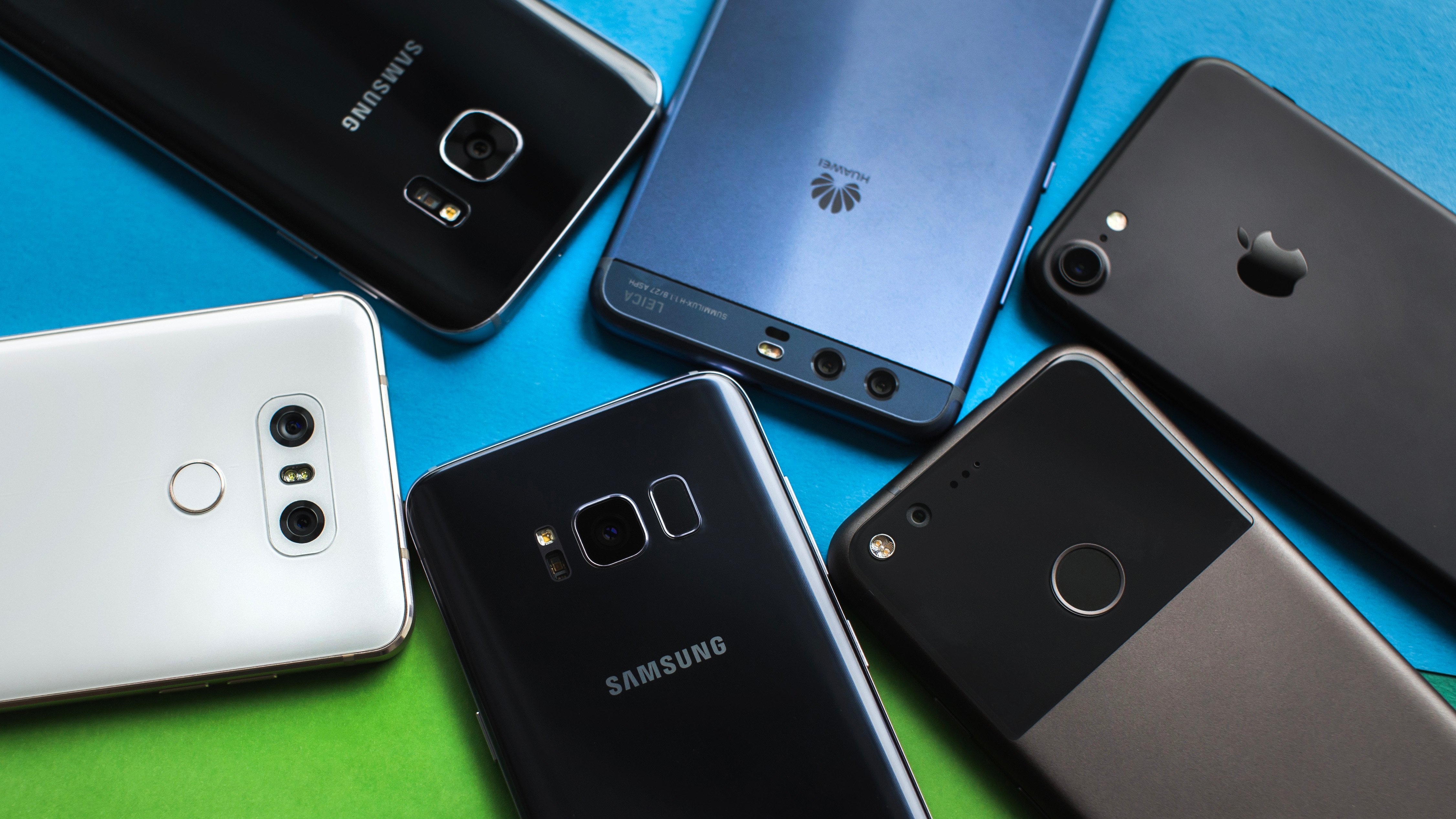Photography is a hard hobby to get into. To get great photos, you have to purchase one of many different camera bodies, with one of many different expensive lenses to produce a winning combo. Plus, you have to get your film developed in a darkroom, which takes time and money.
Luckily, these constraints and barriers to entry are a thing of the past. Certain photo styles and effects are still best suited to an expensive mirrorless camera or DSLR, but the camera already in your pocket is a great gateway into a new hobby.
Smartphone cameras have made great advances over the years. The first iPhone shipped with a whopping 2 megapixels and featured no flash, but today, some Sony phones make their way up to 23 megapixels, and many phones today have 2 or more separate flashes for different lighting conditions. At this point, phone manufacturers even use multiple lenses to create new effects and better photos. This year, Google has launched a new dedicated image processing chip in the Pixel 2, and Apple has dedicated similar processing power for imaging in their A11 CPU. Mobile cameras also have wider apertures to let in more light and allow more natural Bokeh—a Japanese word for the background blur certain camera lenses produce in out-of-focus areas. The LG V30 is launching soon with a large f/1.6 aperture, for example.
If you are looking to buy a new smartphone and want the camera to be a focus, remember that megapixels are not the most important metric of camera quality. The iPhone 8 and Pixel 2 XL have just 12-megapixel cameras, but easily outperform the Sony XZ premium’s 19-megapixel shooter. Unfortunately for consumers, there is no magic number that alerts you which cameras are better. Even if you read reviews to find the best smartphone camera, it can be largely subjective. If you are in the market for a new phone and a great camera is important to you, find a blind test that allows you to decide which is your personal favorite.
Another thing to look for is special features. Phones such as the iPhone 8+ and Samsung Galaxy Note 8 allow you to use a secondary lens to zoom in without degrading image quality. To pull this off, they use the second lens for optical zoom, rather than the traditional digital zoom that leads to quality degradation. Another feature to look out for is portrait mode, which is featured on phones such as the iPhone 8+ and Pixel 2. These phones utilize advanced algorithms to blur the background and make the subject pop. Some phones have unique dual camera setups, like the Huawei Mate 10. It uses its second camera as a higher resolution monochrome sensor, which allows higher contrast and dynamic range for normal pictures, and some incredible black and white shots that require no editing.
Whether you are looking for a new device, or are happy with your current one, phone cameras are a great place to start. One of the hardest parts of photography is snapping an interesting photo. This includes skills such as proper framing, target selection, scene selection, and an eye for what will produce a cool photo. These things can be easily practiced on your smartphone, and practice is needed to become a good photographer. Many find that they never need to upgrade to a “real” camera if they enjoy taking simple photos with minimal tinkering. Point and shoot cameras are less popular now due to this shift, unless someone is looking to take photos with a long zoom lens and wants simplicity.
Here are three quick tips for someone new to taking serious photos on a smartphone:
(#1) Unless you are out of storage, don’t be afraid to take a bunch of shots and save the best later. Many people will be very familiar with this concept if they have ever needed to get the perfect selfie for Instagram. Taking lots of shots at varied angles or perspectives will also give valuable practice in framing photos.
(#2) Turn on the camera grid. For iPhone users, the setting can be found in Settings -> Photo and Camera -> Grid. For Android users, look for a settings button while your camera app is launched and find the grid option. Due to the inconsistent nature of the Android UI, I cannot give exact instructions. This grid will allow you no more easily center your subject, or even better, follow the rule of thirds, which you should Google if you are interested in learning photography.
(#3) Remember that your phone can be turned into landscape mode when taking photos. Landscape mode is great for taking photos of larger scenes that the typical phone orientation does not normally cover. And please, if you take a video, please be a good Samaritan and only take your video in landscape mode. No one wants to watch a video on YouTube with black bars on the sides.

Be First to Comment